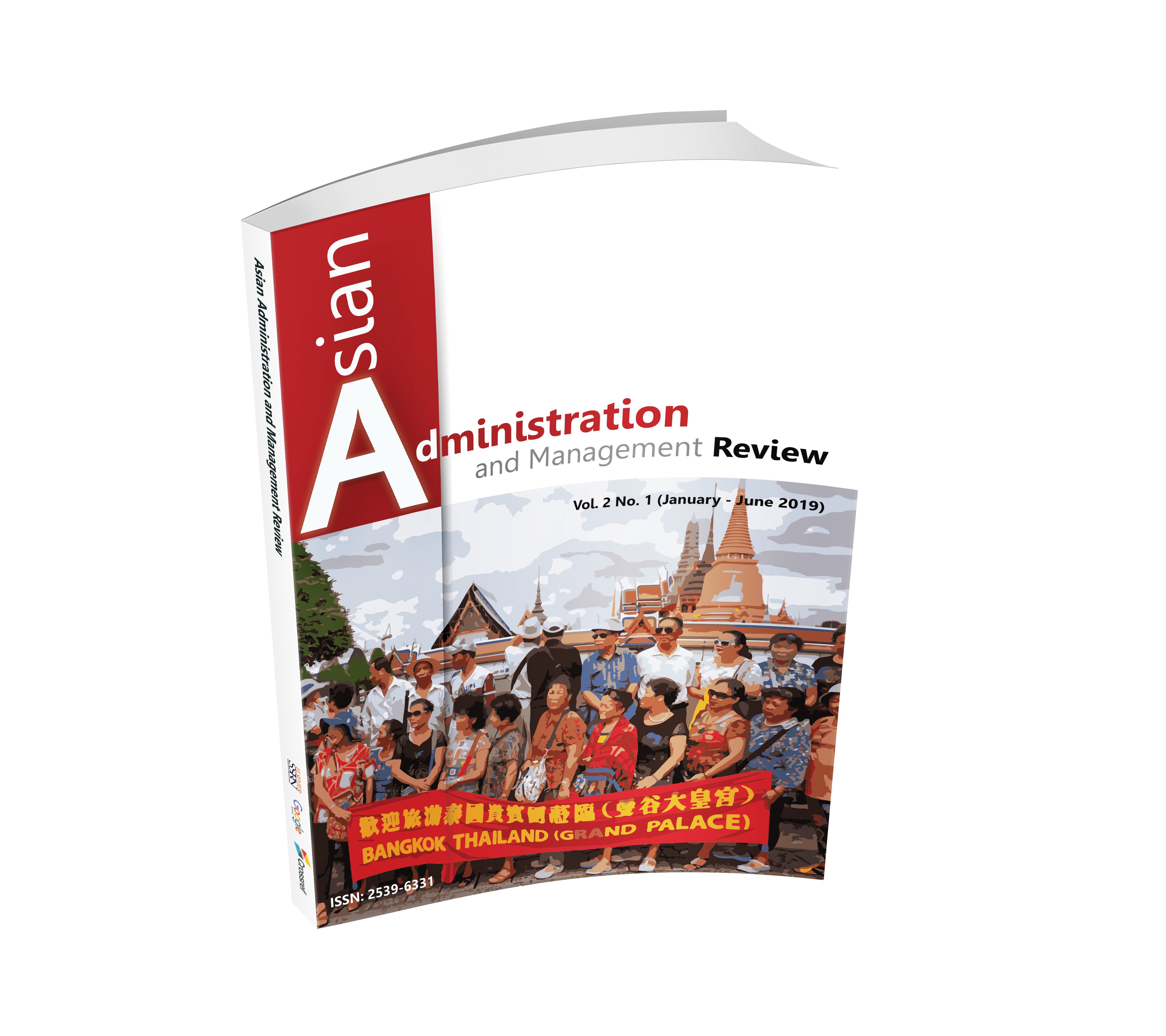Using Structure Equation Model for Evaluating the Impact of Activity Based Costing towards Strategic Management Innovation and Performance of Firms in Industrial Estate Authority of Thailand
Keywords:
Activity Based Costing, Strategic Management Innovation, Performance of Firms, Industrial Estate AuthorityAbstract
The purposes of this research are (1) investigating the impact of activity-based costing toward strategic management innovation, (2) investigating the impact of strategic management in contributing to competitive advantages, and (3) investigating the impact of competitive advantages toward firm performance. The data were collected from firms in industrial estate authority of Thailand, composed of 53 industrial estates, for a total of 4,969 firms. 2,064 questionnaires were returned to be analyzed and described with descriptive statistics. The outcome of structure equation model, which was used to test the hypothesis, appeared to go accordingly with the empirical data. It appears that the impact activity-based costing contributes positively toward strategic management in the area of planning reliability, motivating effectiveness, and directing and quality controlling improvement (β = 0.82, p<0.01; β = 0.76, p<0.05; β = 0.58, p<0.05, respectively). In addition, these 3 areas of strategic management influences positively toward competitive advantages (β = 0.67, p<0.01; β = 0.63, p<0.01; β = 0.71, p<0.05, respectively). Moreover, the competitive advantages also give out positive influence toward firm performance (β = 0.86, p<0.01). These findings could contribute greatly as an empirical data for firms as an importance of activity-based costing in competitive advantage and firm performance through strategic management innovation.
Downloads












.png)


